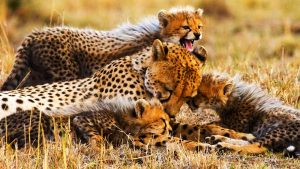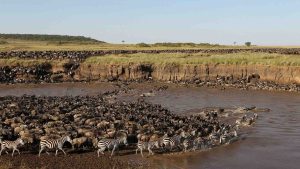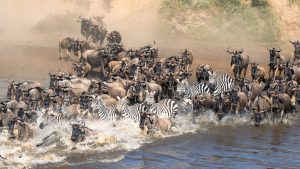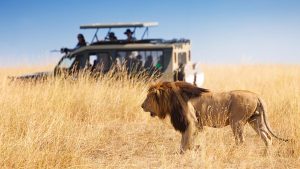Quick Facts
About Ngorongoro Conservation Area
Peak Time
June - October
Best Time To Go
Year-Round
Famous For
The Ngorongoro Crater, a UNESCO World Heritage Site
Home Of
The Big Five and Maasai Communities
Overview
The Ngorongoro Crater is the world’s largest intact volcanic caldera. Forming a spectacular bowl of about 265 square kilometres, with sides up to 600 metres deep; it is home to approximately 30,000 animals at any one time. The Crater rim is over 2,200 metres high and experiences its own climate. From this high vantage point it is possible to make out the tiny shapes of animals making their way around the crater floor far below. Swathes of cloud hang around the rocky rim most days of the year and it’s one of the few places in Tanzania where it can get chilly at night.
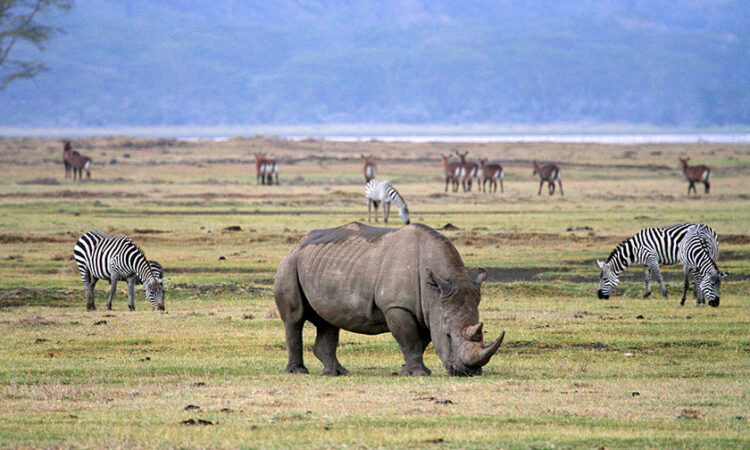
Wildlife
Ngorongoro Crater is one of the most likely areas in Tanzania to see the endangered Black Rhino, as a small population is thriving in this idyllic and protected environment. It is currently one of the few areas where they continue to breed in the wild. Your chances of encountering leopard here are also good, and fabulous black-maned lions. Many flamingos are also attracted to the soda waters of Lake Magadi.
The Ngorongoro Crater
Part of the reason behind the Ngorongoro Conservation Area has been to preserve the environment for the Maasai people who were diverted from the Serengeti Plains. Essentially nomadic people, they build temporary villages in circular homesteads called bomas.
Scenic Landscapes
There are possibilities to visit a couple of these now, which have been opened up for tourists to explore. Here you can see how the huts are built in a strict pattern of order according to the chronological order of the wives, and experience what it must be like to rely on warmth and energy from a fire burning at the heart of a cattle dung dwelling with no chimney.
Activities
- Game Drives: Venture across the crater floor, alive with wildlife, guided by experts to prime viewing locations.
- Cultural Visits: Connect with local Maasai communities, uncover their time-honored customs, and step into a traditional boma (village).
- Walking Safaris: Roam the highlands or explore quieter craters like Empakaai and Olmoti for a road-less-traveled journey.
- Bird Watching: Spot hundreds of bird species, including vibrant flamingos flocking to Lake Magadi inside the crater.
- Crater Rim Hikes: Stroll along the Ngorongoro Crater’s edge, soaking in sweeping vistas of the caldera and its surrounding terrain.

Inspired by What You See? Let’s Bring Your Journey to Life!
Best Time to Visit
These proud cattle herding people have a great history as warriors, and even though they are no longer allowed to build villages inside, they continue to herd their cattle into the crater to graze and drink, regardless of the predators nearby.
Accommodation
The Ngorongoro Conservation Area provides a range of lodging choices, from upscale lodges atop the crater rim with breathtaking vistas to cozy tented camps for a closer-to-nature feel. Whether you seek lavish comfort or a genuine safari vibe, there’s an ideal spot waiting for you.
Why Visit Ngorongoro Conservation Area
The Ngorongoro Conservation Area blends extraordinary natural splendor, abundant wildlife, and deep cultural heritage. Whether you’re eager to delve into the distinct ecosystem of the Ngorongoro Crater, immerse yourself in the lively Maasai traditions, or embark on a safari in one of Africa’s most biodiverse regions, this spot promises a truly exceptional adventure.

